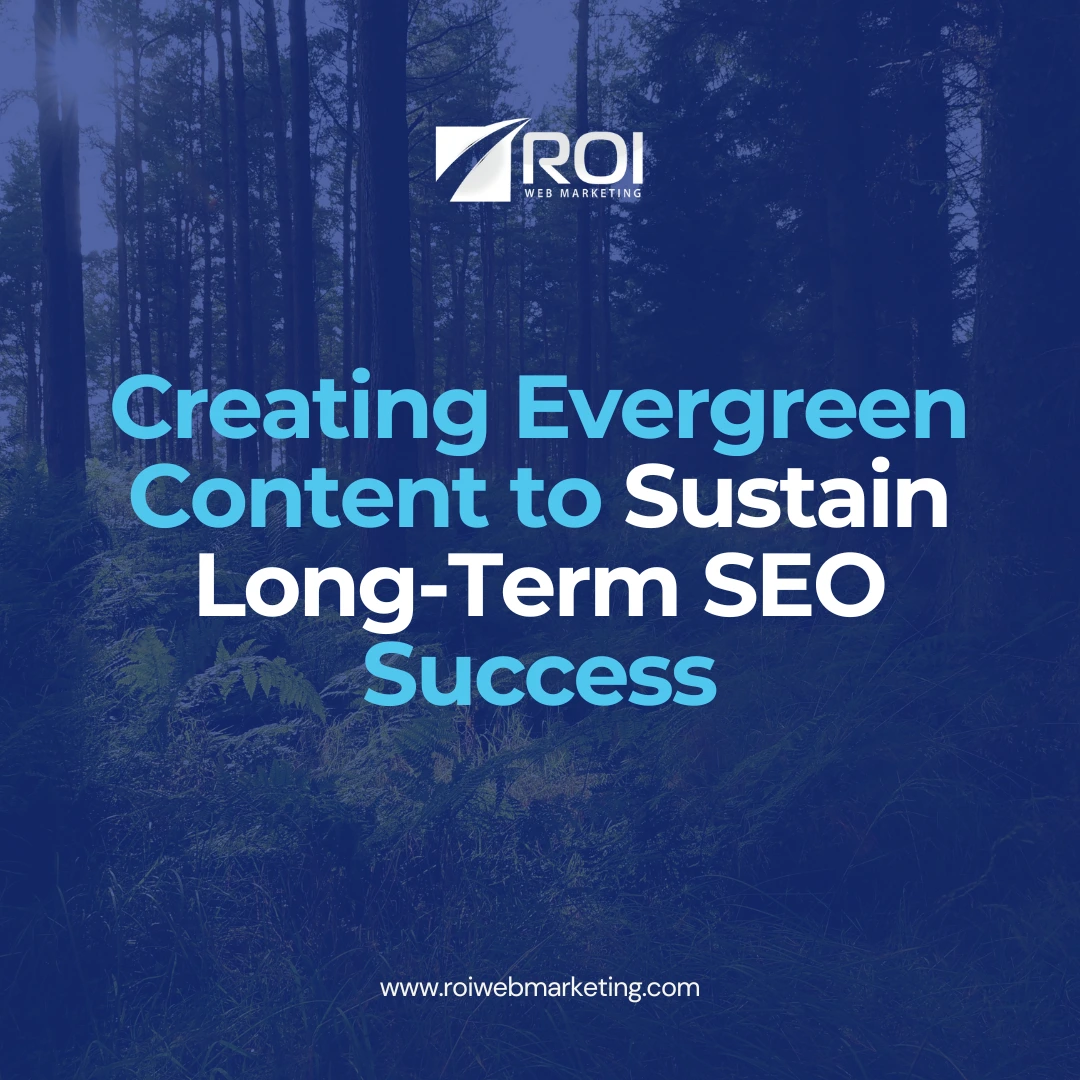Evergreen Content and Its SEO Content Strategy Benefits
Evergreen content is content that lasts. Like the trees it’s named after, it doesn’t fade when the seasons change. If somebody finds evergreen content next month, next year, or perhaps even further into the future, they’ll find it just as useful as it was on the day it went online. For a simple example, think about the difference between an article about this year’s biggest fashion trends and an article about how to use the correct form while doing push ups. The former would fade into irrelevance within months, but the latter would never outlive its usefulness. With that in mind, it’s easy to see how evergreen content contributes to long-term search engine optimization success. It is, in fact, the backbone. It will attract organic traffic even while you sleep for months or years to come.
Choosing Evergreen Topics
A quick test of whether a topic could lead to an evergreen post is to ask yourself, “Will this information still be useful a year from now?” Don’t overthink it. If you have to stretch your imagination to come up with a way that a topic could remain useful—for example, historians of the future might be very interested in today’s news articles—the topic is not evergreen. Examples of short-lived topics include news and trends. If you’re still stumped, here are some examples of timeless topics:
- Industry fundamentals
- Product reviews
- Basic how-tos
- Case studies
- Industry-focused historical information
- Interviews
Creating Evergreen Content
Once you’ve picked a topic, it’s time to create the content! You might wonder how to write SEO content. Long-lived subject matter isn’t all you need, though. Your content creation plan must aim for long-term relevance. Skip trendy words—to understand why, consider that all posts containing the word “yeet” are now dated. Focus on foundational information rather than current industry developments and too. You’ll also thank yourself later if you make the content easy to update. The first step is breaking your content into sections with their own subheadings, making it easy to update just one section. Use timeless language, like relying on the word “currently” instead of mentioning recent dates. Separate foundational information from data that might expire soon—for example, you could support foundational principles in the main text with a graph about recent trends and then replace that graph when it’s no longer accurate. Many web surfers also appreciate update sections, where trending but relevant information is regularly added and replaced.
Long-Term SEO Success Through Content Updates
Even when something is built to last, it requires maintenance. Evergreen content is no different. Sometimes, even high-performing content with staying power might include bits of information that expire, so you must make sure to fix outdated claims or advice. You need to track performance metrics to assess your content marketing strategy—for example, search rankings for target keywords, click-through rates, and bounce rates. If you notice that any of these metrics are on a downward trajectory for a few months, it’s time to update the content. Another great time for an update? The moment that one of your competitors puts out even better evergreen content on the same topic. It can be difficult to keep up with all the signals that it’s time to update your content, though. That’s especially true since tracking performance metrics is often most effective when done with specialized software—software that has steep learning curves.



















